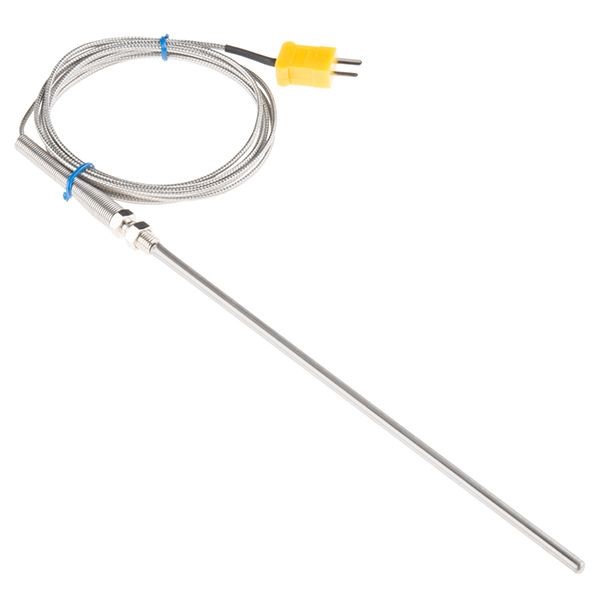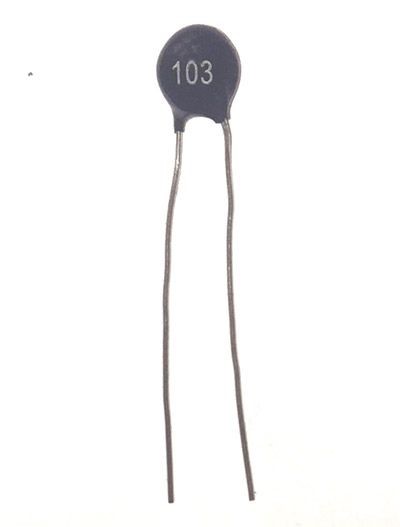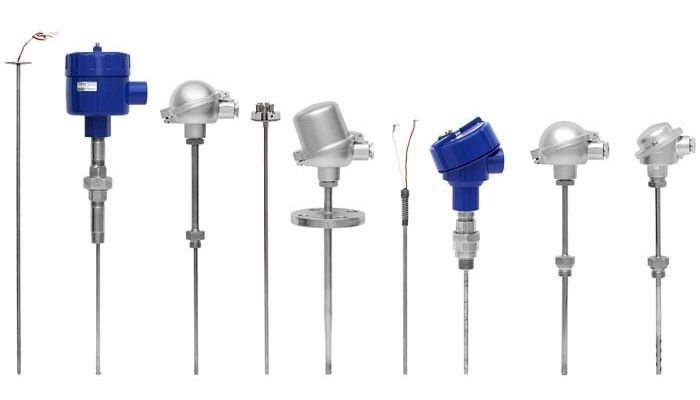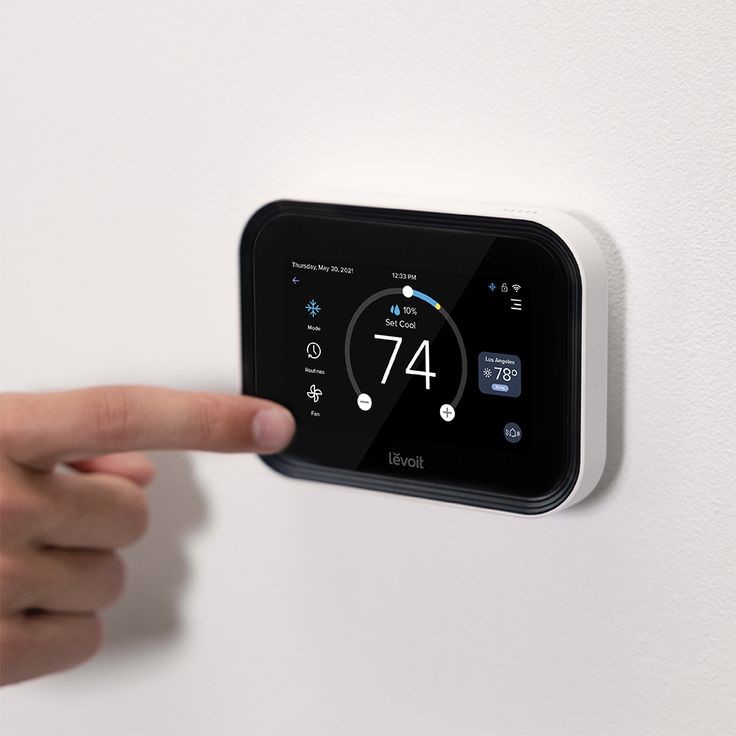Thermal sensors, also known as temperature sensors, are devices that measure temperature. They are widely used in various applications, from industrial process control to consumer electronics. Here’s a breakdown:
Types of Thermal Sensors:
Thermocouples:
These sensors work on the principle of Seebeck effect, where a voltage is generated at the junction of two dissimilar metals when there’s a temperature difference. They are known for their high accuracy and wide temperature range but have a relatively slow response time.

Thermistors:
A thermistor is a type of resistor-sensor whose resistance changes significantly with temperature. These sensors utilize materials with a large change in resistance with temperature. They have a fast response time and are commonly used in applications requiring precise temperature control, like ovens or medical devices.

Resistance Temperature Detectors (RTDs):
These sensors are made of a material whose resistance changes with temperature. They offer good accuracy and stability but are typically more expensive than thermocouples.

Infrared (IR) Sensors:
These sensors measure the infrared radiation emitted by objects. IR sensors are contactless and can be used for non-invasive temperature measurement, ideal for applications where contact is undesirable, like measuring the temperature of a running engine or a person’s forehead.

Thermostat:
A thermostat is a sensor that controls a heating or cooling system by turning it on or off based on the measured temperature. It acts as a feedback mechanism, comparing the desired temperature setting with the actual room temperature and initiating corrective actions.

What to Consider when Selecting a Thermal Sensor:
Temperature Range: Consider the expected temperature range of the application.
Accuracy: Determine the level of precision needed for the measurement.
Response Time: How quickly does the sensor need to react to changes in temperature?
Cost: Sensors vary in price based on their accuracy, features, and complexity.
Environment: Factors like humidity, pressure, and electromagnetic interference can influence sensor performance.
Applications:
Industrial Automation: Controlling process temperature in manufacturing, chemical processing, and power generation.
Medical Devices: Monitoring patient temperature in hospitals and clinics.
Consumer Electronics: Controlling temperature in ovens, refrigerators, and air conditioners.
Automotive: Measuring engine temperature, air intake temperature, and exhaust gas temperature.
Environmental Monitoring: Monitoring air temperature, water temperature, and soil temperature.
To choose the right thermal sensor for your application, carefully consider the factors mentioned above and research the specific features and limitations of each type.
Shop some available Thermal sensors on our online store below;



